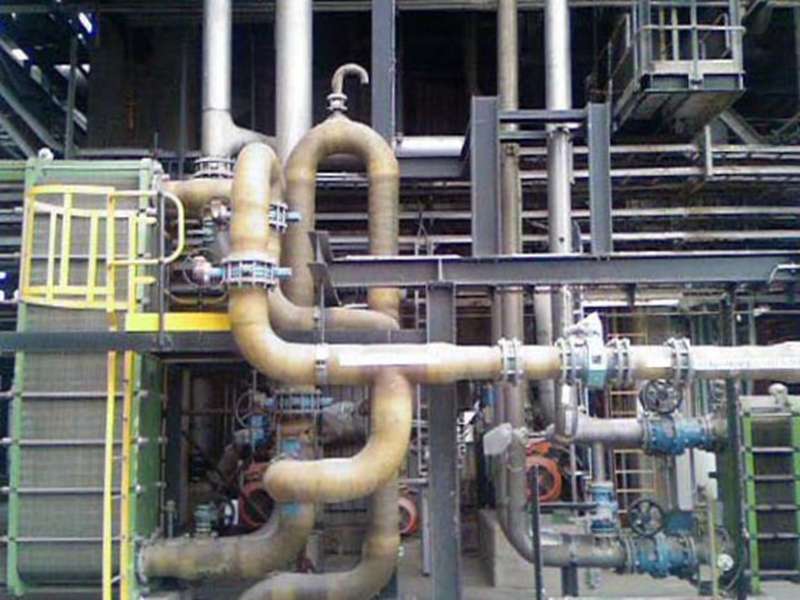
-
 Afrikaans
Afrikaans -
 Albanian
Albanian -
 Amharic
Amharic -
 Arabic
Arabic -
 Armenian
Armenian -
 Azerbaijani
Azerbaijani -
 Basque
Basque -
 Belarusian
Belarusian -
 Bengali
Bengali -
 Bosnian
Bosnian -
 Bulgarian
Bulgarian -
 Catalan
Catalan -
 Cebuano
Cebuano -
 China
China -
 China (Taiwan)
China (Taiwan) -
 Corsican
Corsican -
 Croatian
Croatian -
 Czech
Czech -
 Danish
Danish -
 Dutch
Dutch -
 English
English -
 Esperanto
Esperanto -
 Estonian
Estonian -
 Finnish
Finnish -
 French
French -
 Frisian
Frisian -
 Galician
Galician -
 Georgian
Georgian -
 German
German -
 Greek
Greek -
 Gujarati
Gujarati -
 Haitian Creole
Haitian Creole -
 hausa
hausa -
 hawaiian
hawaiian -
 Hebrew
Hebrew -
 Hindi
Hindi -
 Miao
Miao -
 Hungarian
Hungarian -
 Icelandic
Icelandic -
 igbo
igbo -
 Indonesian
Indonesian -
 irish
irish -
 Italian
Italian -
 Japanese
Japanese -
 Javanese
Javanese -
 Kannada
Kannada -
 kazakh
kazakh -
 Khmer
Khmer -
 Rwandese
Rwandese -
 Korean
Korean -
 Kurdish
Kurdish -
 Kyrgyz
Kyrgyz -
 Lao
Lao -
 Latin
Latin -
 Latvian
Latvian -
 Lithuanian
Lithuanian -
 Luxembourgish
Luxembourgish -
 Macedonian
Macedonian -
 Malgashi
Malgashi -
 Malay
Malay -
 Malayalam
Malayalam -
 Maltese
Maltese -
 Maori
Maori -
 Marathi
Marathi -
 Mongolian
Mongolian -
 Myanmar
Myanmar -
 Nepali
Nepali -
 Norwegian
Norwegian -
 Norwegian
Norwegian -
 Occitan
Occitan -
 Pashto
Pashto -
 Persian
Persian -
 Polish
Polish -
 Portuguese
Portuguese -
 Punjabi
Punjabi -
 Romanian
Romanian -
 Russian
Russian -
 Samoan
Samoan -
 Scottish Gaelic
Scottish Gaelic -
 Serbian
Serbian -
 Sesotho
Sesotho -
 Shona
Shona -
 Sindhi
Sindhi -
 Sinhala
Sinhala -
 Slovak
Slovak -
 Slovenian
Slovenian -
 Somali
Somali -
 Spanish
Spanish -
 Sundanese
Sundanese -
 Swahili
Swahili -
 Swedish
Swedish -
 Tagalog
Tagalog -
 Tajik
Tajik -
 Tamil
Tamil -
 Tatar
Tatar -
 Telugu
Telugu -
 Thai
Thai -
 Turkish
Turkish -
 Turkmen
Turkmen -
 Ukrainian
Ukrainian -
 Urdu
Urdu -
 Uighur
Uighur -
 Uzbek
Uzbek -
 Vietnamese
Vietnamese -
 Welsh
Welsh -
 Bantu
Bantu -
 Yiddish
Yiddish -
 Yoruba
Yoruba -
 Zulu
Zulu
fiberglass stack liner alternative
Exploring Alternatives to Fiberglass Stack Liners A Comprehensive Overview
In the realm of industrial applications, particularly in pollution control systems, stack liners play a crucial role in ensuring efficient operation and longevity of facilities. Traditionally, fiberglass has been the material of choice for stack liners due to its high resistance to corrosion and relatively low weight. However, as industries evolve and environmental standards become increasingly stringent, exploring alternatives to fiberglass stack liners has become imperative. This article delves into various materials that serve as alternatives, examining their properties, benefits, and potential drawbacks.
Overview of Fiberglass Stack Liners
Fiberglass stack liners are primarily used in flue gas emissions systems, helping to protect the structural integrity of exhaust stacks from corrosive gases such as sulfur dioxide, nitrogen oxides, and particulate matter. The advantages of fiberglass include its resistance to thermal and chemical damage, as well as its lightweight nature which simplifies installation. However, fiberglass liners can be subject to degradation over time, particularly in environments with high temperatures or aggressive chemicals.
Alternative Materials for Stack Liners
1. Metallic Liners - Stainless Steel Known for its exceptional corrosion resistance, stainless steel is a popular alternative to fiberglass. Its durability and high-temperature tolerance make it suitable for a variety of applications. However, it is significantly heavier than fiberglass, which can complicate installation and increase material costs. - Carbon Steel with Coatings Carbon steel can be an effective choice when coated with protective materials such as epoxy or polyurethane. This combination can offer a cost-effective solution while providing adequate corrosion resistance, making it a viable alternative in less aggressive environments.
2. Thermoplastic Liners - Polypropylene and Polyvinyl Chloride (PVC) These materials are gaining traction due to their excellent chemical resistance and lightweight properties. They are particularly effective in environments with moderate temperature and chemical exposure. However, their lower temperature tolerance compared to fiberglass may limit their applications in extreme conditions.
fiberglass stack liner alternative

3. Ceramic and Glass Liners - Ceramics While ceramic liners are typically more brittle, they offer outstanding resistance to chemical attack and high temperatures. They can be specifically advantageous in applications where aggressive chemicals are present. The challenge lies in their installation and potential for cracking under stress. - Glass Liners Similar to ceramics, glass liners provide excellent corrosion resistance. They can be engineered to withstand thermal stress, making them suitable for high-temperature applications. However, they can also be fragile and may require careful handling during installation.
4. Reinforced Composite Materials - Polymer Matrix Composites These materials, which incorporate fiberglass with other polymers, provide enhanced performance characteristics. By combining different materials, it is possible to create liners that are lighter, stronger, and more resistant to various types of damage. While the initial cost can be high, the long-term benefits may offset these expenses through reduced maintenance needs.
5. Advanced Polymer Coatings - Fluoropolymer Coatings Coatings such as PTFE (Teflon) offer exceptional chemical resistance and a low coefficient of friction. Applying these coatings to conventional liners can enhance their lifespan and operational efficiency. While this option can be less costly, careful consideration is needed regarding the underlying material for structural support.
Conclusion
As industries face increasing pressure to comply with environmental regulations and reduce operational costs, the shift away from traditional fiberglass stack liners toward alternative materials becomes more relevant than ever. Each alternative presents unique advantages and limitations, demanding a careful assessment based on specific application requirements. By considering factors such as chemical exposure, temperature concerns, and cost implications, organizations can make informed decisions that enhance system performance while also contributing to sustainability goals.
Ultimately, the future of stack liner materials appears promising, with ongoing research and innovation paving the way for more effective solutions. Embracing these alternatives not only enhances operational efficiency but also supports the broader mission of environmental stewardship across industries.









